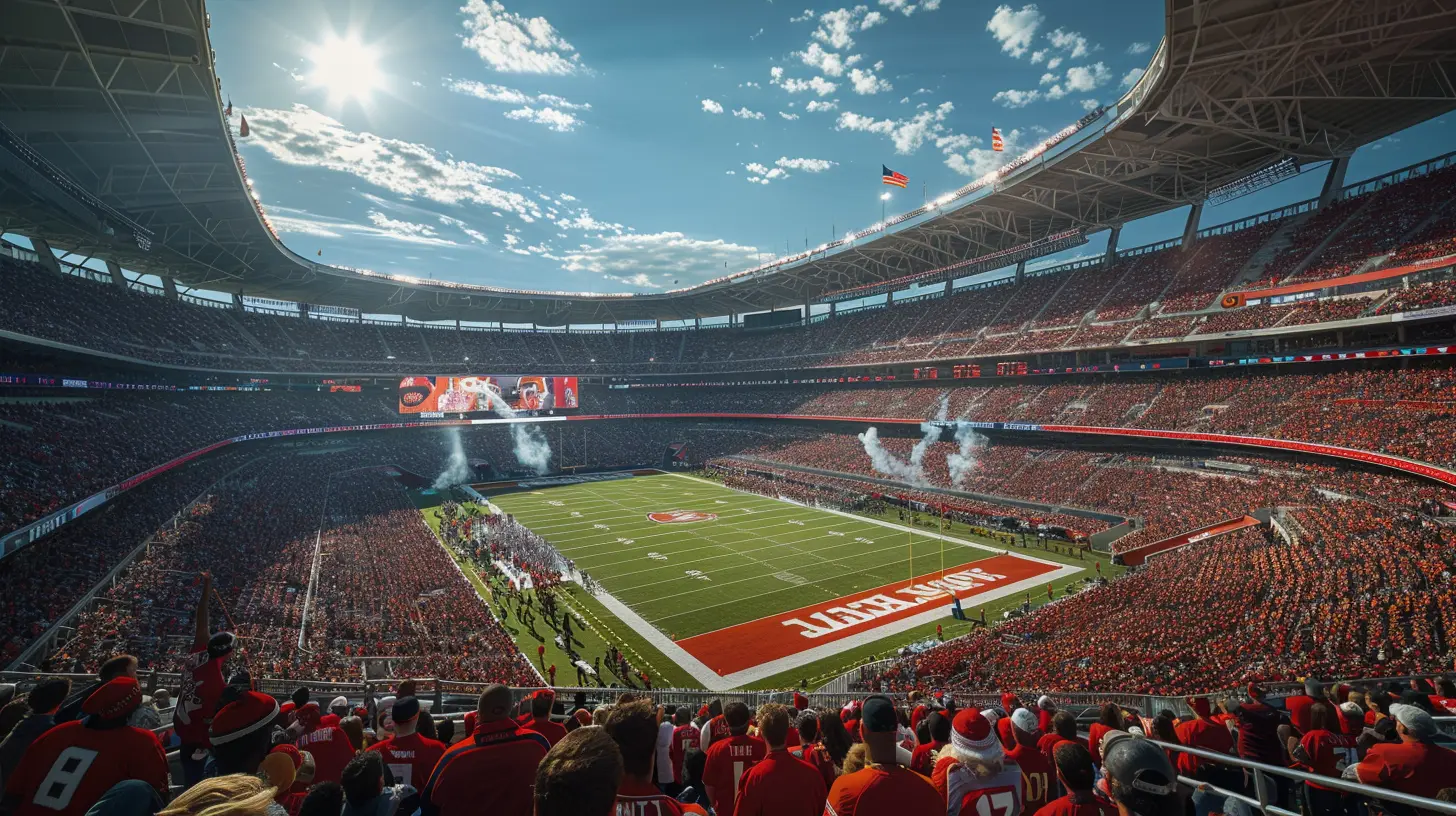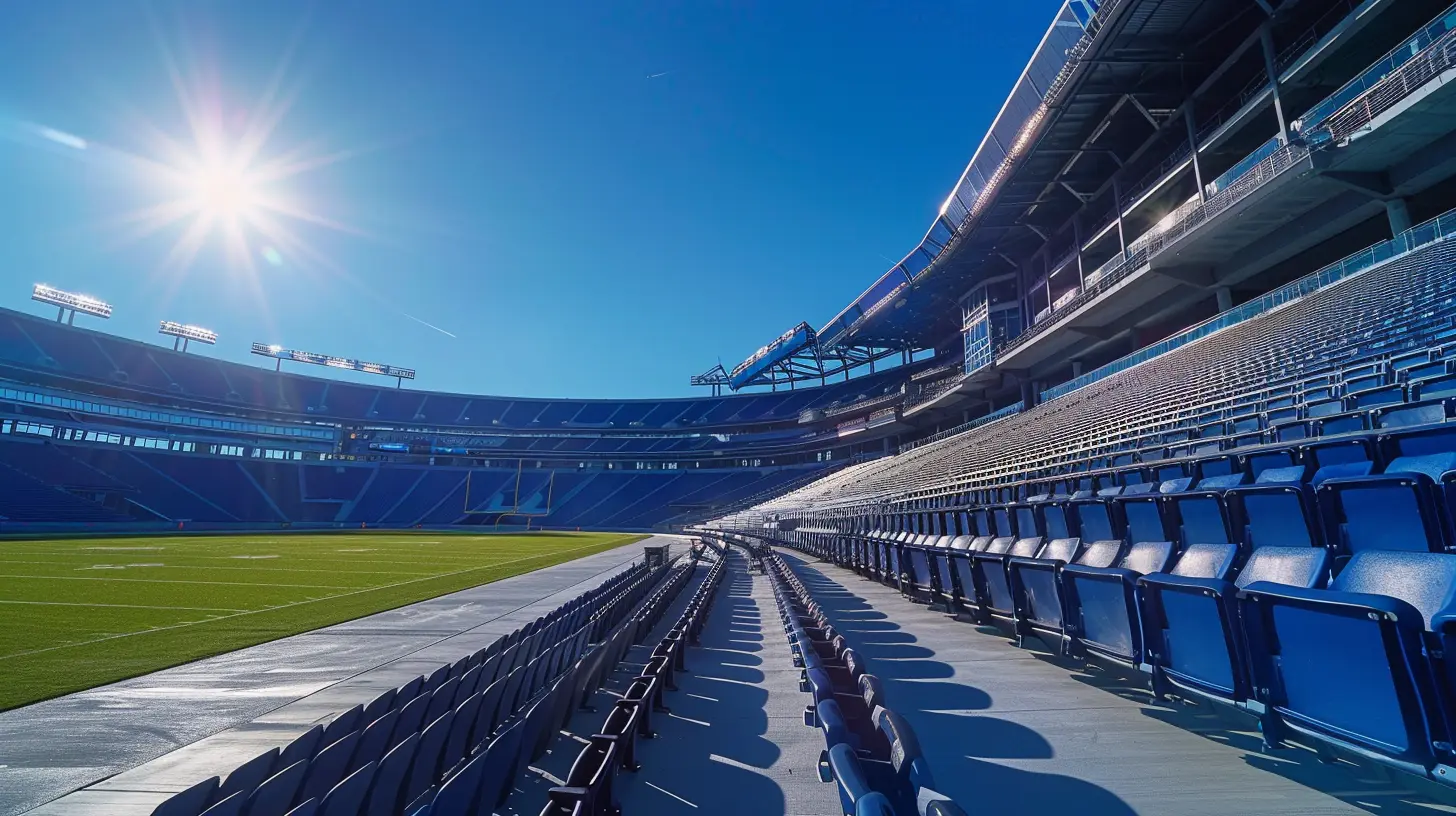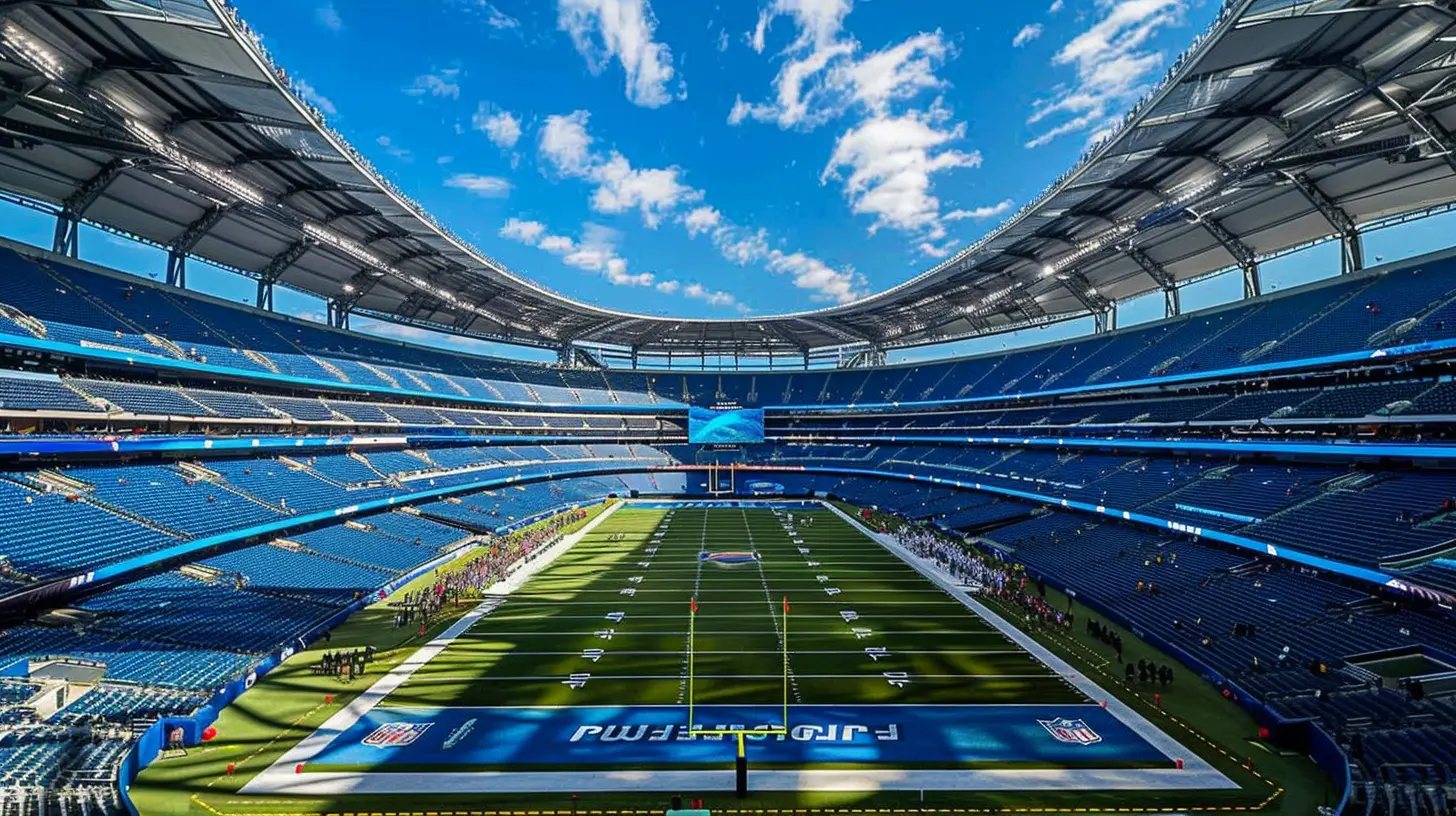Stadium Safety: How Modern Arenas Keep Fans Secure
25 June 2025
Let’s face it—there’s nothing quite like the energy of a packed stadium. The roar of the crowd, the rush of adrenaline, and the sense of unity that comes from cheering on your favorite team alongside thousands of fans? Pure magic. But in the middle of all that excitement, there’s another side of the game we don’t often think about: safety.
Yep, keeping tens of thousands of fans safe in one big venue is no small feat. Behind the scenes, a whole army of professionals and a ton of tech is working overtime to make sure your game-day experience is fun, flawless, and most importantly—secure.
So, how exactly do modern stadiums keep fans safe? Let’s dive into the nitty-gritty of stadium safety and the innovative ways today’s arenas are stepping up their game.
The Importance of Stadium Safety
Before we break down the how, let’s talk about the why. Why does stadium safety matter so much?Well, think about it. A stadium is like a mini city. You’ve got tens of thousands of people in one space, all with different plans, emotions, and energy levels. There’s food, drinks, possibly fireworks, and an overwhelming amount of motion and noise. That mix can get chaotic in seconds if something goes wrong.
Safety isn’t just about preventing emergencies—it's about making fans feel secure. When you feel safe, you enjoy the game more. You’re relaxed, focused on the action, and not worried about what could go wrong.
A New Era: How Technology Is Leading the Charge
So, how are modern arenas keeping everyone safe? Technology is the big MVP here.1. Smart Surveillance Systems
Gone are the days of grainy, black-and-white security camera footage. Today’s stadiums are equipped with state-of-the-art surveillance systems that feel straight out of a sci-fi movie.Think high-resolution cameras with facial recognition, AI-powered monitoring, and 360-degree views. These systems don’t just record—they analyze. They can detect suspicious behavior, follow individuals across different parts of the venue, and even alert security in real time.
It’s like having a digital team of super-watchful eyes that never blink.
2. Metal Detectors and Bag Checks
Security gates at entrances have come a long way. Fans now pass through metal detectors similar to airport-style screening. And while the lines might feel like a bit of a pain, they’re crucial.Bag checks are also more thorough but efficient. Many stadiums are moving toward clear-bag policies to speed up the process and reduce risks.
It's all about balance: getting you through the door quickly without compromising safety.
3. Biometric Entry
Here’s where things get futuristic. Some arenas are experimenting with biometric ticketing—facial recognition or fingerprint scans instead of the traditional paper or mobile ticket.Why is this safer? For starters, it reduces fraud and scalping. But more importantly, it means only verified individuals can enter. In a high-stakes security environment, knowing exactly who's inside the stadium is a huge win.
Crowd Management: The Art of Keeping Things Flowing
Safety isn't just about blocking bad guys. It’s also about managing the crowd. When you’ve got tens of thousands of people packed into one space, things can get overwhelming fast.4. Smart Seating and Flow Control
Stadium designs today are built with human traffic in mind. From wider exits to clearly marked sections, everything is optimized for smooth flow. Think of it like designing a river—you want the current to keep moving instead of crashing into rocks.Digital signage and crowd control staff also help direct fans. The goal? Prevent overcrowding and keep everyone moving—especially during halftime and post-game exits.
5. Emergency Evacuation Planning
This one’s huge. Every stadium has a detailed emergency evacuation plan. From fire drills to crowd simulation models, these plans are tested over and over before an event ever takes place.What’s cool is that some stadiums even use VR (virtual reality) to train staff, ensuring they're ready for any scenario. Emergencies are unpredictable, but the response? That’s something you can—and should—plan for.
Medical Services: Help When You Need It
Accidents happen. Whether it's a trip on the stairs, dehydration, or something more serious—medical help needs to be right there, ready to go.6. First Aid Stations and Medical Staff
Modern stadiums have multiple first aid stations and a full team of medical professionals on-site. These aren’t just for band-aids and ice packs. We're talking about certified EMTs, nurses, and even doctors—ready for everything from a twisted ankle to a cardiac emergency.The response time inside a stadium? Usually under a minute. That’s faster than most neighborhoods.
7. AEDs and Life-Saving Equipment
Automated External Defibrillators (AEDs) are now standard in stadiums. These devices can save lives during sudden cardiac events, and staff are trained to use them fast.Some stadiums even have drones that can deliver medical kits to specific sections. How cool is that?
Communication Is Key: Keeping Fans Informed
People panic when they don’t know what’s going on. Clear, fast communication can turn a scary situation into a manageable one.8. In-Stadium Alerts
Modern arenas have powerful PA systems, digital boards, and even app notifications to keep fans in the loop. Whether it’s a weather alert or a security concern, teams can update thousands of people in seconds.9. Mobile Apps for Emergency Info
Many stadiums now have their own apps. Besides showing your seat location or ordering nachos, these apps can also provide emergency info, exit maps, or even a direct line to security.It’s all about putting vital info right in your pocket. Literally.
Trained Security: The Human Element
Technology alone isn’t enough. The human element is just as important—sometimes more.10. Well-Trained Security Teams
Security staff at modern stadiums go through rigorous training. They learn crowd psychology, de-escalation tactics, and emergency response. These aren’t just guards—they’re professionals committed to keeping fans safe.You’ll often see them standing watchfully, maybe chatting with fans. But when something’s off? They’re trained to act fast and smart.
11. Undercover Security
Not all security is in uniform. Plainclothes officers are scattered throughout the crowd, blending in but watching everything. It’s like having superheroes in disguise. They're trained to spot suspicious behavior and act before anything escalates.Fan Responsibility: You Play a Role Too
Here’s a little reality check: stadium safety isn’t just on the venue. It’s on us as fans too.12. Follow the Rules
Yeah, I know—rules can be annoying. But stadium rules (like the clear bag policy, no re-entry, or staying in your seat) exist for a reason. They help keep everyone safe. So, don’t be that person.13. Say Something If You See Something
If you notice suspicious behavior or someone acting strangely, speak up. Most stadiums have anonymous tip lines or apps for this exact reason. Your quick action could alert the authorities and prevent something serious.Let’s look out for each other, right?
What the Future Holds for Stadium Safety
We’ve come a long way, but stadium safety is still evolving—and fast.Expect to see more AI, more drones, and even robots patrolling large venues. There’s talk of smart seats that can detect health issues, wearable tech for fans, and predictive crowd analytics.
The goal? To create a seamless, safe, and immersive fan experience where safety doesn’t feel like a burden—it just is.
Final Whistle: The Balance Between Fun and Safety
At the end of the day, stadium safety is about striking a balance. You want fans to feel the thrill, the buzz, the heart-pounding joy of sports—without that shadow of worry.Thanks to incredible technology, smarter designs, and dedicated professionals, modern arenas are achieving that balance beautifully. The next time you’re in the stands, enjoying a hot dog, high-fiving strangers, and screaming at the top of your lungs—take a second to appreciate all the invisible work keeping you safe.
Because that peace of mind? That’s what lets the game shine through.
all images in this post were generated using AI tools
Category:
StadiumsAuthor:

Umberto Flores
Discussion
rate this article
1 comments
Thornefield McCallum
Great insights! Safety first for fan enjoyment!
July 11, 2025 at 2:27 AM

Umberto Flores
Thank you! Safety is indeed crucial for ensuring a fun and enjoyable experience for all fans.


